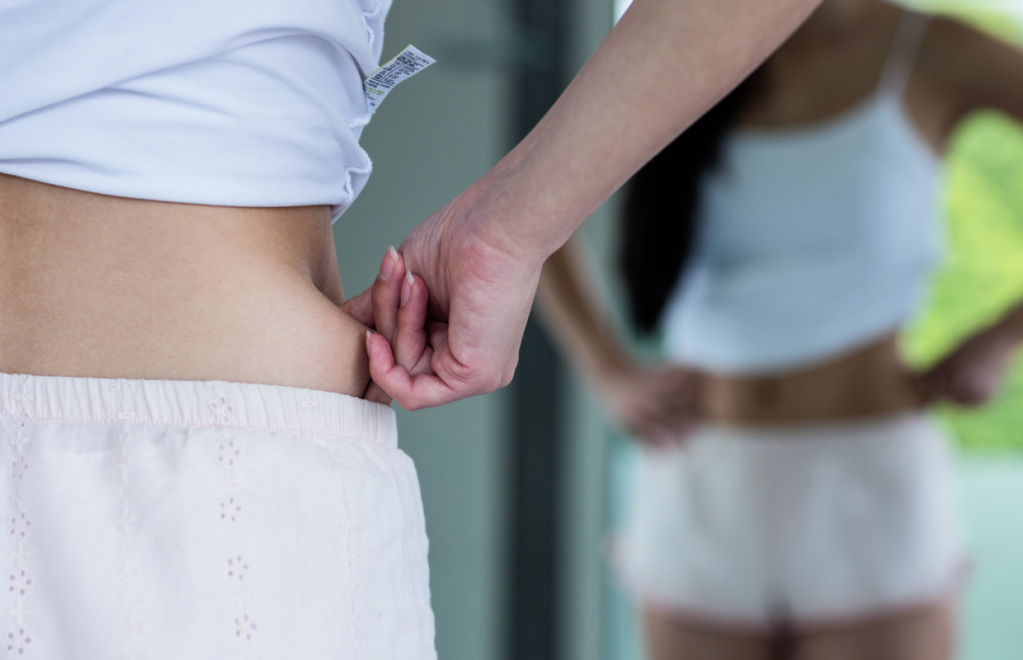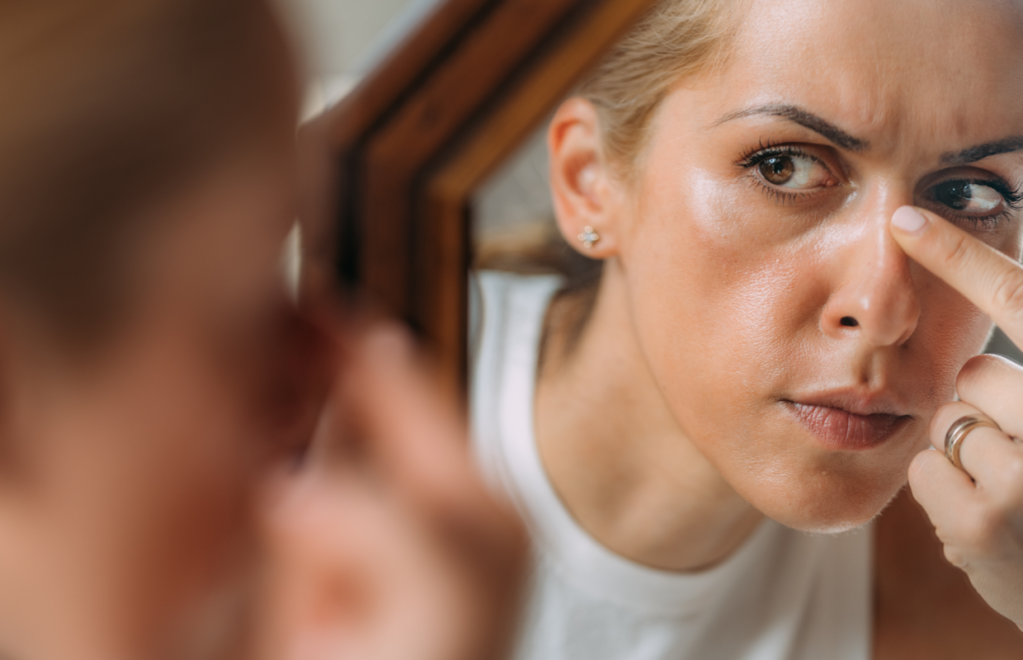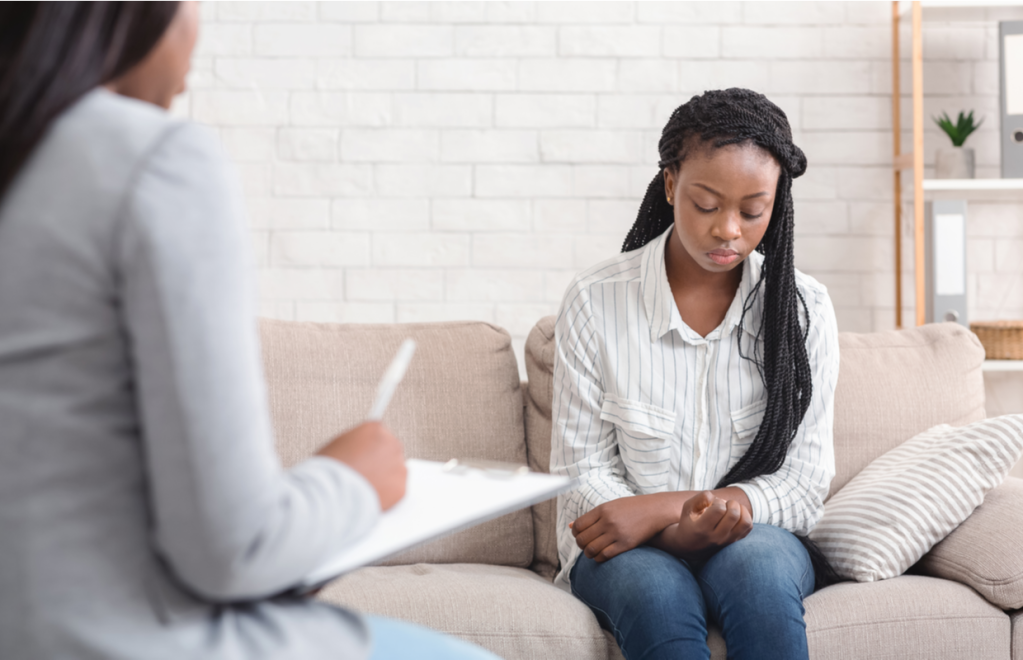What is body dysmorphia? Causes and symptoms of BDD
Discover the signs and causes of body dysmorphia, or body dysmorphic disorder (BDD), along with some expert advice on overcoming the condition.

As humans, we often think about our appearance and may even harbour concerns about our perceived flaws. But while many of us have negative thoughts from time to time, for people who experience body dysmorphia, or body dysmorphic disorder (BDD), low body confidence can take on a whole new meaning.
A better understanding of this condition can allow us to spot the signs when we, or someone we love, needs help, and ensure we have empathy for how they feel. Medical doctor Radha Modgil and experts from the Mental Health Foundation, shed a light on body dysmorphic disorder (BDD), commonly called body dysmorphia. They offer reassurance, expose potential causes and symptoms, and share tips on how we can help ourselves and others.
What is body dysmorphia?
‘Body dysmorphic disorder (BDD) is a mental health condition that leads to a person spending a lot of time worrying about perceived flaws in their appearance,’ says Dr Modgil. ‘These flaws are usually unnoticeable to others, but to people with body dysmorphia, they are real and often mean they feel ashamed and embarrassed to talk about their symptoms.
‘Body dysmorphia can be all-consuming for a person and have a big impact on many aspects of their life, including their work, socialising and relationships. BDD can also lead to depression and negative thoughts.’

Who does body dysmorphia commonly affect?
‘Body dysmorphic disorder (BDD) is fairly common and people of any age can be affected. However, it’s more often seen in teenagers and young adults. It affects both men and women equally,’ says Dr Modgil. ‘
‘A frequent misconception of body dysmorphic disorder (BDD) is that a person is “vain” or “obsessed with their looks”, but this is absolutely not the case. Having body dysmorphia does not mean a person is self-obsessed: it means that they have an anxiety disorder relating to their body image.’
What causes body dysmorphic disorder (BDD)?
‘It’s not known exactly what causes BDD, but it might be associated with genetics,’ says Dr Modgil. ‘You may be more likely to develop BDD if you have a relative with the condition, or other conditions such as obsessive compulsive disorder (OCD) or depression.
‘Research suggests it could be caused by a chemical imbalance or a traumatic past experience, such as being bullied or teased. It’s also not uncommon for some people with BDD to have other mental health conditions, such as OCD, anxiety disorder or an eating disorder.’

What are the key signs of body dysmorphic disorder (BDD)?
Signs of body dysmorphia can vary from person to person, but these are some common symptoms:
- Worrying a lot about a specific area of your body, particularly your face.
- Frequently comparing your looks with other people’s.
- Looking at yourself in the mirror a lot – or avoiding mirrors altogether.
- Going to a lot of effort to conceal perceived flaws. For example, spending a long time applying make-up or choosing your clothes.
- Picking at your skin to make it ‘smooth’.
- Feeling anxious about social situations where others may look at you or take photos.
How to help yourself and others with body dysmorphia
‘Talking therapies, such as cognitive behavioural therapy (CBT), can give you the tools to manage your symptoms,’ says Dr Modgil. ‘However, your GP may suggest medication, such as selective serotonin reuptake inhibitors (SSRIs), a type of antidepressant. In the meantime, there are a couple of things you can try…
Spend time with friends and family or try a new activity
Some people find it useful to get together with friends or family. Alternatively, you could try doing something new or learning a skill to distract you from negative thoughts.
Practice breathing exercises
It can be helpful to do breathing exercises to relieve anxiety during a stressful situation, such as before getting ready to go out. Try this simple breathing technique, which you can do anywhere, at any time:
- Without forcing it, breathe in through your nose for five seconds (you may not be able to reach five at first).
- Let your breath flow as deep down into your belly as is comfortable.
- Without pausing, let the breath flow out gently through your mouth, counting from one to five again.
- Keep doing this for three to five minutes until you feel in back control.

Seeking further help for body dysmorphic disorder (BDD)
‘It’s important to remember that you should never feel ashamed or embarrassed of BDD, and to know that you are not alone,’ says Dr Modgil. ‘There are a number of support groups with advice and practical tips that can help you manage your symptoms. In addition, don’t forget to talk to your GP. They will be able to recommend organisations in your area and refer you for help.
One of these groups may be able to assist you:
- Anxiety UK
- International OCD Foundation
- OCD Action
- OCD UK
- Mind
- Body Dysmorphic Disorder Foundation
- Samaritans
By Larissa Chapman (Images: Shutterstock)









